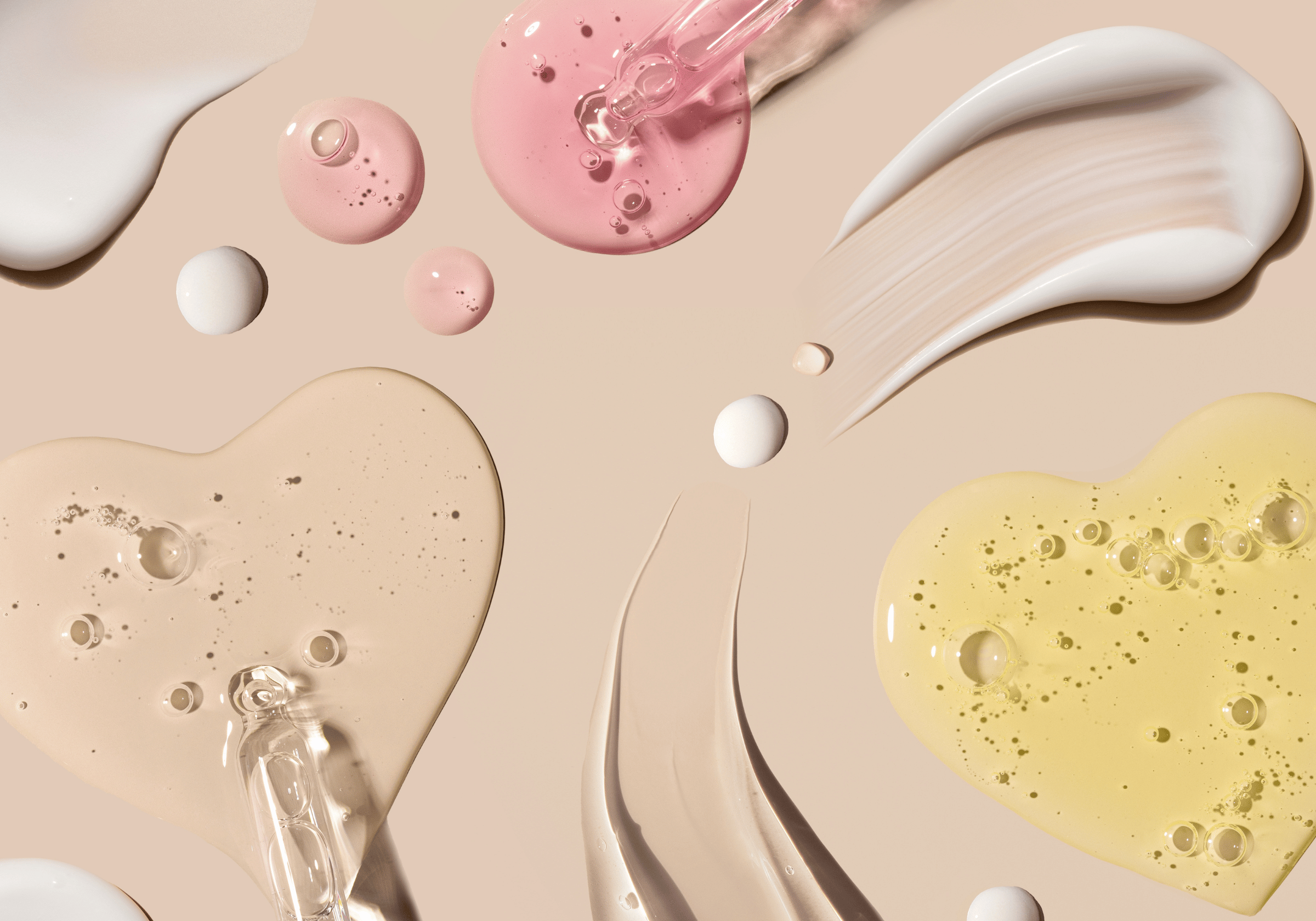The ritual of applying makeup is one that intertwines with our daily lives, often overlooked as a matter of routine rather than a choice with significant health implications. With the beauty industry's staggering array of products, each boasting their own "miracle" effects, it's crucial for us to become adept at deciphering the labels on these products. This skill—label literacy—is not just about making informed beauty choices; it's about safeguarding our skin's health, ensuring hormonal balance, and mitigating risks of long-term health issues, including cancer. In this article we'll cover common mineral ingredients found in many mineral cosmetics that you should avoid.
The Prevalence of Problematic Ingredients
Titanium Dioxide
This common pigment is used extensively—found in every other sunscreen, foundation, and a host of personal care products for its protective properties against UV radiation. The concern, as noted by IARC, pertains to its inhalation risk in powder form, which is not an issue in creams or lotions. Nevertheless, its ubiquity has led to consumer caution, with many now opting for titanium dioxide-free products, especially in settings where aerosolization is possible.
Talc
Talc is another ingredient that has been a mainstay in powdery cosmetics and personal care products for decades, lauded for its silky texture and moisture-absorbing properties. However, its association with asbestos contamination has caused considerable alarm, given the carcinogenic nature of asbestos. Although cosmetic-grade talc is subject to rigorous purification processes, the historical instances of contamination have left a shadow on its safety record. The FDA has issued safety alerts in the past, though it does not regulate the inclusion of talc in cosmetics.
Bismuth Oxychloride
Despite its shimmering allure in many mineral makeup formulas, bismuth oxychloride is a known irritant. As a byproduct of lead and copper refining, it's often found in blushes, eyeshadows, and other products requiring a lustrous finish. Although it's not linked directly to cancer, its abrasive nature can cause micro-tears in the skin, leading to irritation and sensitivity, especially in acne-prone or inflamed skin conditions.
Hormone Disruptors
Parabens and Phthalates are perhaps the most pervasive in cosmetics, used for their preservative and plasticizing properties, respectively. Parabens can be found in an estimated 75-90% of all cosmetics, and while they're effective at preventing microbial growth, their estrogen-mimicking activity has been a cause for concern. Phthalates, less often listed explicitly due to proprietary fragrance formulations, are equally widespread. Their role in developmental and reproductive toxicity has been demonstrated in animal studies, though human studies remain inconclusive.
The Skin Health and Hormonal Implications
Acne and Skin Irritation
Beyond the immediate redness and swelling that irritants can cause, ingredients like bismuth oxychloride can exacerbate acne through irritation and inflammation. This is particularly problematic for those with sensitive skin, where the cumulative effect of daily irritation can lead to chronic skin issues.
Collagen Degradation
While direct links between makeup ingredients and collagen degradation are still being studied, the potential for certain chemicals to cause oxidative stress—a known factor in the breakdown of collagen—is a significant concern. This stress can lead to premature aging, reduced skin elasticity, and the loss of that coveted youthful plumpness of the skin.
Hormonal Disruption
The impact of endocrine disruptors like parabens and phthalates goes beyond the skin's surface. These chemicals can enter the bloodstream and mimic hormones, potentially leading to a host of issues, including hormonal imbalances, fertility problems, and increased cancer risk. While the science is not yet settled, the potential risks these ingredients pose have led to their ban in several countries.
Cancer Concerns
The most sobering of all the health implications linked to cosmetic ingredients are those related to cancer. The potential for talc to contain asbestos fibers, even if remote, has led to multimillion-dollar lawsuits and a growing consumer shift towards talc-free products. Similarly, the inhalation risk associated with titanium dioxide has consumers questioning its safety, despite its widespread use.
Navigating a Safer Path in Beauty
Given the prevalence of these ingredients in a significant number of cosmetic formulations, the importance of label literacy cannot be overstated. The choice to select products that steer clear of these questionable ingredients is a personal one but is growing in popularity as part of the broader clean beauty movement. This movement is not only about avoiding specific ingredients; it's about embracing a philosophy where the products we use contribute positively to our health and well-being.
Conclusion
In an industry that's as much about beauty as it is about health, becoming label literate is an empowering act. By understanding the ingredients in our cosmetics, we can make choices that not only enhance our beauty but







1 bình luận
I just avoid all sunscren.